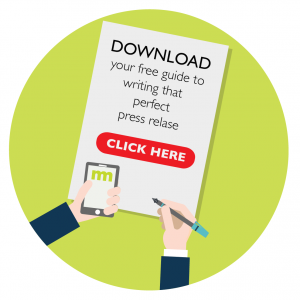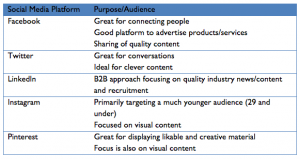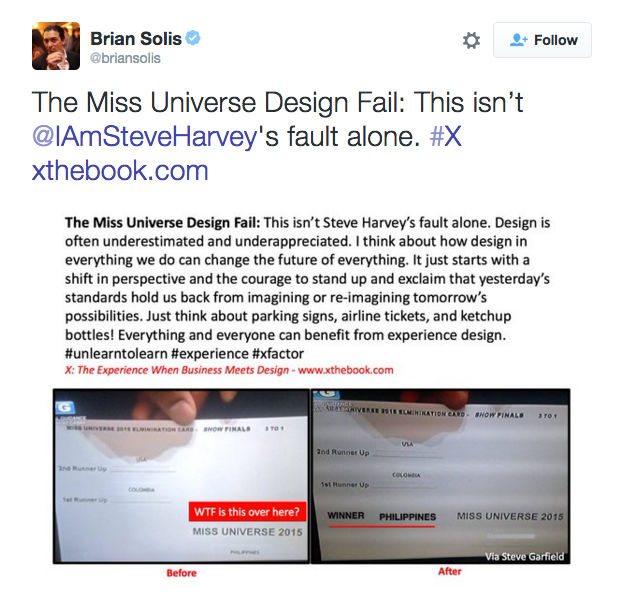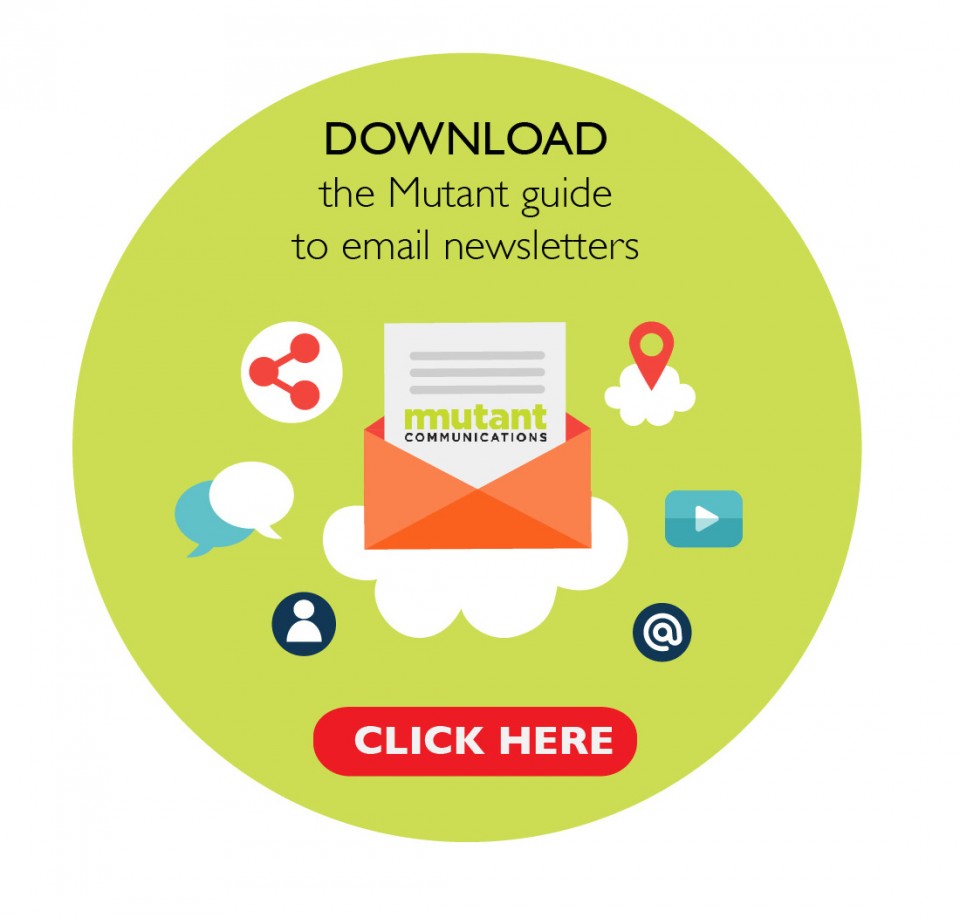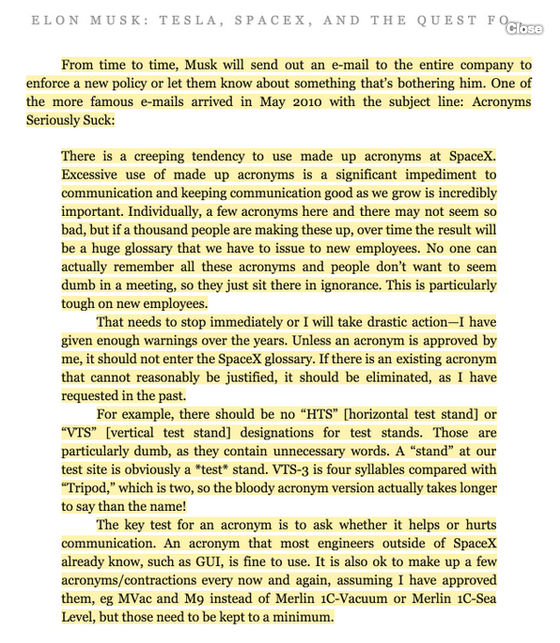At the speed of digital trends, do you want a PR agency that’s agile like a fox or sturdy like a buffalo?
Big PR firms have the manpower, resources, and contacts to execute campaigns quickly, but advances in technology means brands need the flexibility to pivot to suit the mood of today’s on-demand audience.
Here are a couple reasons why you should hire a boutique agency over a big firm:
Skilled Staff
More manpower doesn’t mean a higher quality of work. At some larger agencies, smaller accounts may be handed down to junior members or even interns.
At a boutique agency, there is a specialist for everything. By nature, these smaller companies follow lean organisational structures stripped of multiple management levels and stringent systems and constant revision. This makes the team more nimble, enough to weave past unnecessary approval processes that eat up your billable hours.
They’re part of the ‘hacker generation’
Smaller companies tend to have a startup mentality: Fearless, resourceful, unorthodox problem solvers.
They are known to approach barriers from the outside and sometimes, through the backdoor instead of waiting for the higher-ups to approve a solution. On top of that, staff at leaner agencies enjoy taking the unconventional routes that keeps them on track with or sometimes even ahead of the consumers.
They thrive on change
Change is the constant of boutique PR firms, and they are well-equipped to move along with key industry trends and developments. Rather than fearing new technology, smaller agencies race to be the first to use a new platform or tackle a new social media trend.
With fewer people, revisions are also easier for boutique agencies. If an internal structure is holding back results, managers at small agencies will not hesitate to remove or reform them, to power your business and theirs forward.
Skilled Staff
With the internet bubbling over with too much information, brands need more creativity, quicker.
It’s become clear that advertising is no longer just the business of selling your product or services. Instead, it is now all about making their brand a part of the customer’s everyday life. In order to be there with the customer every step of the way, brands need to be able to tailor strategy at the very last minute.
This is typically where the big players have struggled to keep up, given their internal business reglementations put in place to ensure consistent organisational structures.
What I feel is imperative for businesses today, is to steer themselves away from the traditional view of how bigger or more is better. This can be done through re-evaluating business goals and looking further into what the boutiques can bring to their table, helping business owners get the best bang for their buck.
Need more advice on choosing the right agency for your business? Contact us at [email protected]

